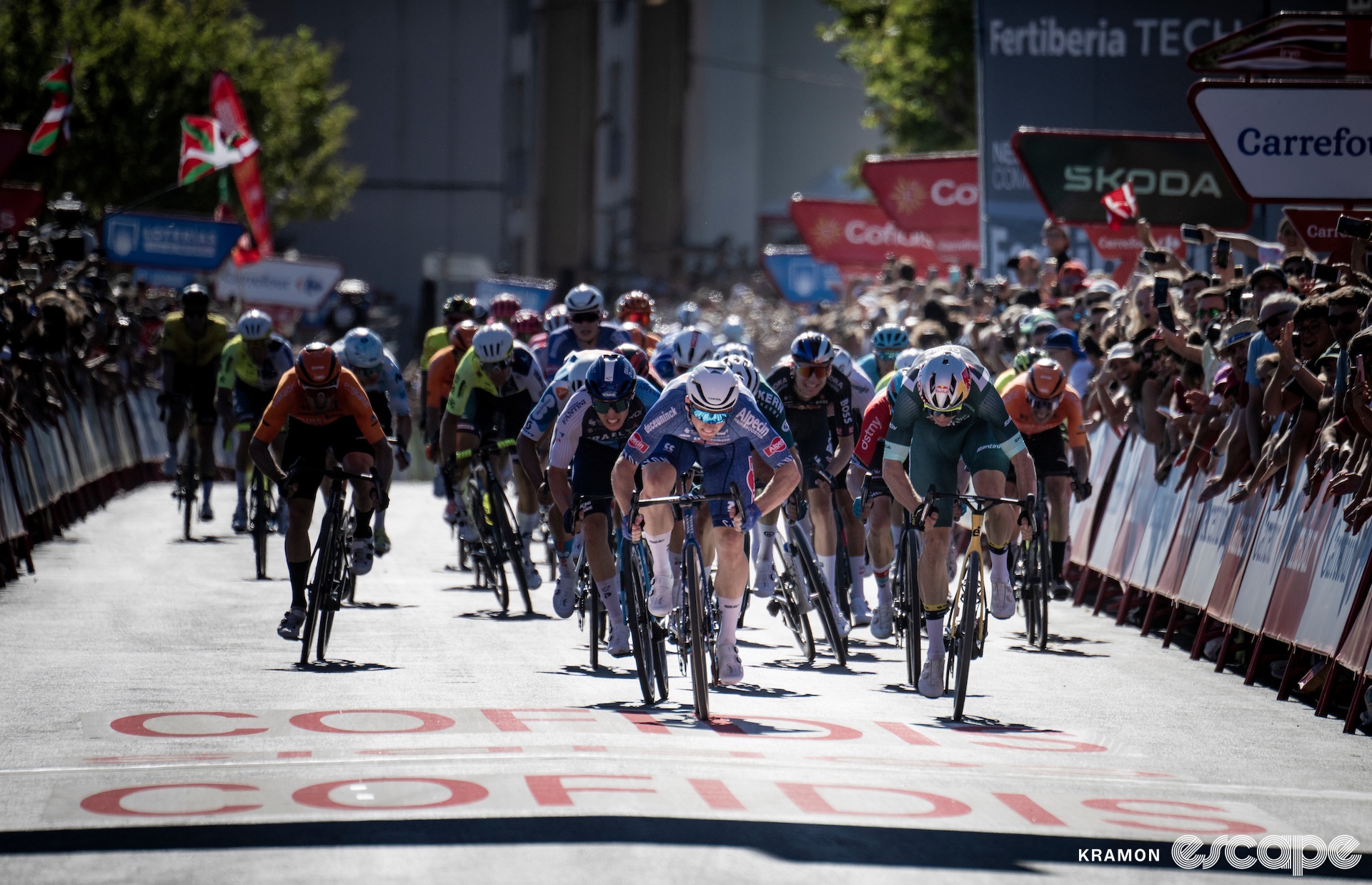Did we do a good job with this story?


It's long been established that positive self-talk can improve sporting performance. Couple that with head-nodding and you might get even better results.
No, don't nod during the sprint – do it beforehand, as part of a self-motivation routine.